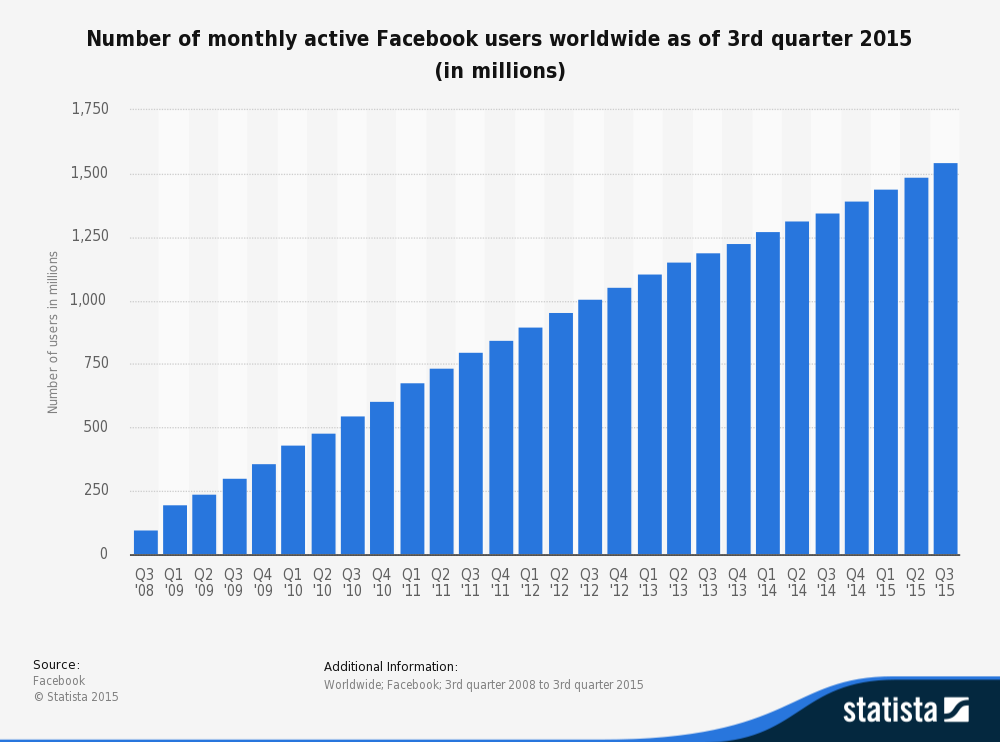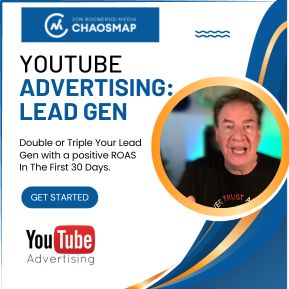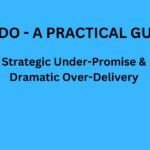The Beginner’s Guide For Content Writers:
“12 Methods to Improve Your Writing Skills, Speed Up Web Content Creation While Confidently Raising Your Content Marketing Knowledge At The Same Time”
QUESTION:
- Are you the owner of a blog or website, or perhaps considering starting one of your own?
- Has your employer recently given you the ongoing assignment of creating website content for the business and moving into a role as a community manager or content “tsar”?
- Have you been thinking about becoming an independent contractor as a web content creator and publisher?
If you answered “yes” to any of these questions, this handy guide has 12 suggestions to assist you with improving your web-based business communications.
1: Structure Your Content in the Correct Order
You likely learned in school to save the punch of your essays for close to the end, in order to sway the reader and leave them thinking. However, this is not the goal of web content. You want to lead with your most grabbing data. A good “lede” is part of traditional journalism.
In addition to a powerful opening, your closing should lead the reader where to navigate next.
This call-to-action might be to sign up for an e-mail listing, to purchase an item or service, or to visit another page on the website. Have the text link directly to the options you wish the reader to choose.
Call to action buttons and text placed in the right sequence, position and marketplace / industry can have a big result. (Facebook CTAs / Adroll)
Make certain that the content flows seamlessly from one piece to the next.
This includes placing videos, pictures and infographics in visually pleasing and appropriate locations, enhancing the text message, rather than detracting from it.
2: Break Up Your Content with Sub-Headings
One of the quickest ways to get visitors to navigate away from your site, never to return, is to have a wall of text greeting them.
Those on the web are more interested in scanning information than reading complex and wordy content.
You need to find methods to break the content up for them into smaller, more manageable chunks.
One of the means that you can employ to accomplish this is by incorporating subheadings into many of your publications.
Blog posts and general website content can both benefit from this type of organization being implemented.
When a new person comes across your site, it is because they were searching for a particular piece of information. Using subheadings will allow them to locate the data on your page more quickly.
Ideally, they are impressed enough with the content that they remain on the site, either that page, or navigating to other relevant pages on your site.
3: Choose and Use Non-Text Communication Methods
The first thing that likely enters your mind when considering content creation for the Internet is likely text.
However, that is only one method of communication that you can use in order to get your message to consumers.
In fact, you can often convey a great deal of information quickly in a graph or chart, (infographics explained) providing an appropriate amount of text related to the visual document.
The addition of video to “how-to” titles is invaluable, as some people grasp concepts better when they are able to see them in action, as opposed to simply reading the words.
Even photos and images can play a role in breaking up the text while emphasizing the message within.
One note of caution regarding images and videos that you did not create: make sure that you have the appropriate legal permission to use it in whatever manner that you choose to, or you may face legal repercussions.
4: Learn to Utilize Keywords (*AKA Carewords)
No matter the reason you are creating content for the Internet, you want people to see it.
One of the important ways to do this is by incorporating the proper “carewords,” or keywords, as they are more commonly known. This will help web users to locate your content.
Find the words and phrases that are being searched for on the Internet and relate to your intentions. Utilize the popular ones by incorporating them naturally into your content, including the title.
There are a variety of analytic tools and apps on the market, many of them free, that you can use for this purpose.
Even before using one of these, you can determine certain word choices that are more likely than others for people to use in their searches.
For instance, you would use the term “handcrafted,” rather than saying “created by my…” and then listing the scientific names of each of your hands and fingers.
Make note of the fact that Google has made a lot of advances in this area. Keyword research and use is important, but structuring content and site architecture topically, will give you an even bigger boost. That’s why involving an SEO expert early in web site design is smart.
5: Provide Focused, Rather than Generalized Data
Whether you are creating evergreen content for a website, a regular blog post, or even a marketing message, you need to have focused, niched subject matter for it.
If you want to have a series about nails, for example, you could focus one on nutrition and supplements, another on shaping and painting nails, and a third on cuticle treatments.
This is better than three posts that include bits and pieces of the others.
Each of your posts should provide expert level information that is specifically devoted to one aspect of a topic. This allows you to find interesting, little-known tidbits of relevant data that you can include in your content, furthering your status as an expert in the field.
The more insight a person can gain, and things they learn that can be shared with others, the better!
6: Draw in the Reader with an Intriguing Title
You do not want to become one of those writers who is so caught up in the text for the document that they forget to create a compelling title (from Jeff Goins) for it.
The reality is that the right title can improve your search engine rankings and intrigue more people to click on your links.
If appropriate, you may want to inject some humor into the title for your post, or you may find that a more serious, business-like tone is more sensible.
The title should clearly convey what the person will gain from staying on the page, and at least scanning through your content.
Are you planning to provide a:
- numbered list?
- powerful, instructional video?
- video or podcast transcription?
If so, then your title should reflect that. It is vital that your content remain on target with the title.
FREE WEBINAR: Register For Your Free Access so you can get more value from keywords and your content. Includes 2 bonus gifts not found in this article.If you alter the message as you write, check to see if the current title is still applicable.
7: Know Your Intended Audience Well
Before you can create content of any sort, you must find and know the audience you are aiming for. Otherwise, you could find yourself with little to show for your efforts.
If you have an existing business, you can create content aimed toward your current demographics or reach a bit beyond, if that is the aim of the company, to entice new people to your products or services.
This knowledge should influence the language that you use, and the images shared.
For example, if your site is geared toward industry professionals, it is perfectly acceptable and expected that you use the associated jargon.
However, if your site is for the layperson, you need to use simplified terminology.
8: Keep Sentences Short and Conversational
Your sentences and paragraphs should be short when you are posting web content.
Remember that people are more likely to scan than to actually read web content.
Longer sentences are likely to leave the reader confused, or requiring more attention to process than they are willing to give.
How people read on the web:
“They don’t. People rarely read Web pages word by word; instead, they scan the page, picking out individual words and sentences.” – Nielsen Group
Either will lead them away from your website, likely to never return.
By breaking up your message into smaller chunks, it is easier for the average person to digest. They can start glancing down the page, stop when a particular word or phrase catches their eye, then read the small blurb associated with it.
Afterwards, they will likely continue to scan, rather than engage in reading the entire article.
The more of these small nuggets you can provide that truly intrigue the visitor, the longer they will stay on your website or blog. Make sure to use white space between the paragraphs to further aid their eyes in visually separating the paragraphs.
9: The Connection Between Branding and Voice
You need to have a consistent voice for your content and brand on the Internet. This may take some time to find if you have not yet practiced much.
However, you will learn what style works best for you, and what you need to accomplish regarding your business goals.
Additionally, if you are representing a company image in your content, you need to reflect the voice of the company. This is an essential part of branding that will help to form public image of the business.
One way to develop the voice for the brand is by reviewing the company mission statement.
This will help to put everything into perspective regarding the brand and voice. Take some time to write some practice pieces if you need to in order to find a comfortable way to bring these two voices together.
10: Smart Suggestions for Your Presentation
Once you know the general idea of what you want to write about, you need to determine how you want the content framed.
For instance, are you going to present a list, such as the top ten of something related to your business?
Perhaps you are considering a how-to guide that will instruct customers on how to use one of your products or some other vital skill.
Another popular choice for posts is guides that can help the reader figure out how to navigate a particular situation.
Choosing one of these popular styles for your blog or website will help you to organize the content and select a related title. It will have the added benefit of helping you to rank well on the various search engines.
However, you may want to pen a more traditional article.
That is perfectly fine, and you may find that mixing the styles helps to keep your writing mind fresh and visitors more intrigued.
11: Cite Statistics and Examples
One of the means by which you can add credibility to your content is to use statistics and examples throughout.
Depending upon the length of a piece, you may want to link to one or more articles that support your findings.
One of the ways that you can do this is by finding research studies, and citing them directly in the article, giving credit to the researchers as you present it.
For example, Facebook active monthly users 2008-2015

Alternatively, you can place all of your research at the end of your presentation as well.
Real examples are another great way to communicate with your reader. Make sure that you do not share any information which might harm others or that you do not have the legal right to use.
FREE WEBINAR: Register For Your Free Access so you can get more value from keywords and your content. Includes 2 bonus gifts not found in this article.Statistical facts backed by reliable, verifiable sources can help to solidify your voice as a field expert.
12: Edit Your Content with a Critical Eye
Before you show your content to anyone, you need to edit it. This includes a wide range of tasks, starting with using a spelling and grammar check resource.
There are several available on the Internet, and you can upgrade to premium services for a modest fee.
The images and videos that you share must be reviewed, to make sure that they appear at the proper size, and that they are properly coded into the page.
“83% of B2B marketing organizations that use video content marketing use it for website marketing”
2015 Video Marketing Trend Report
Check your content to make sure that it flows well. Try reading it aloud, which can often reveal small errors that your eye has missed because you “hear” what you intended, rather than what you actually typed.
View the unpublished page across several types of devices, and with multiple browsers to ensure that your content can be seen by people, no matter what type of technology they depend upon for their Internet searches and communications.
As you can see, there are many aspects to having high quality content on the Internet. You need to apply all of the relevant tips to your content creation in order to reap the greatest rewards from your efforts.
FREE WEBINAR: Register For Your Free Access so you can get more value from keywords and your content. Includes 2 bonus gifts not found in this article.The time and energy you put into your marketing and other web-related communications will provide a good return on your investment.
Eventually, these ideas will work seamlessly into your content; until then, continue to review each piece by this checklist to ensure that you are providing the best work possible.
Jon Rognerud and Chaosmap work with Fortune 500 companies, associations and entrepreneurs to create digital traffic strategies that scale up members, customers, leads and sales with profitable returns. Mr. Rognerud wrote a best-selling book (Buy On Amazon), “The Ultimate Guide To Optimizing Your Website” (Entrepreneur). Connect directly here.








